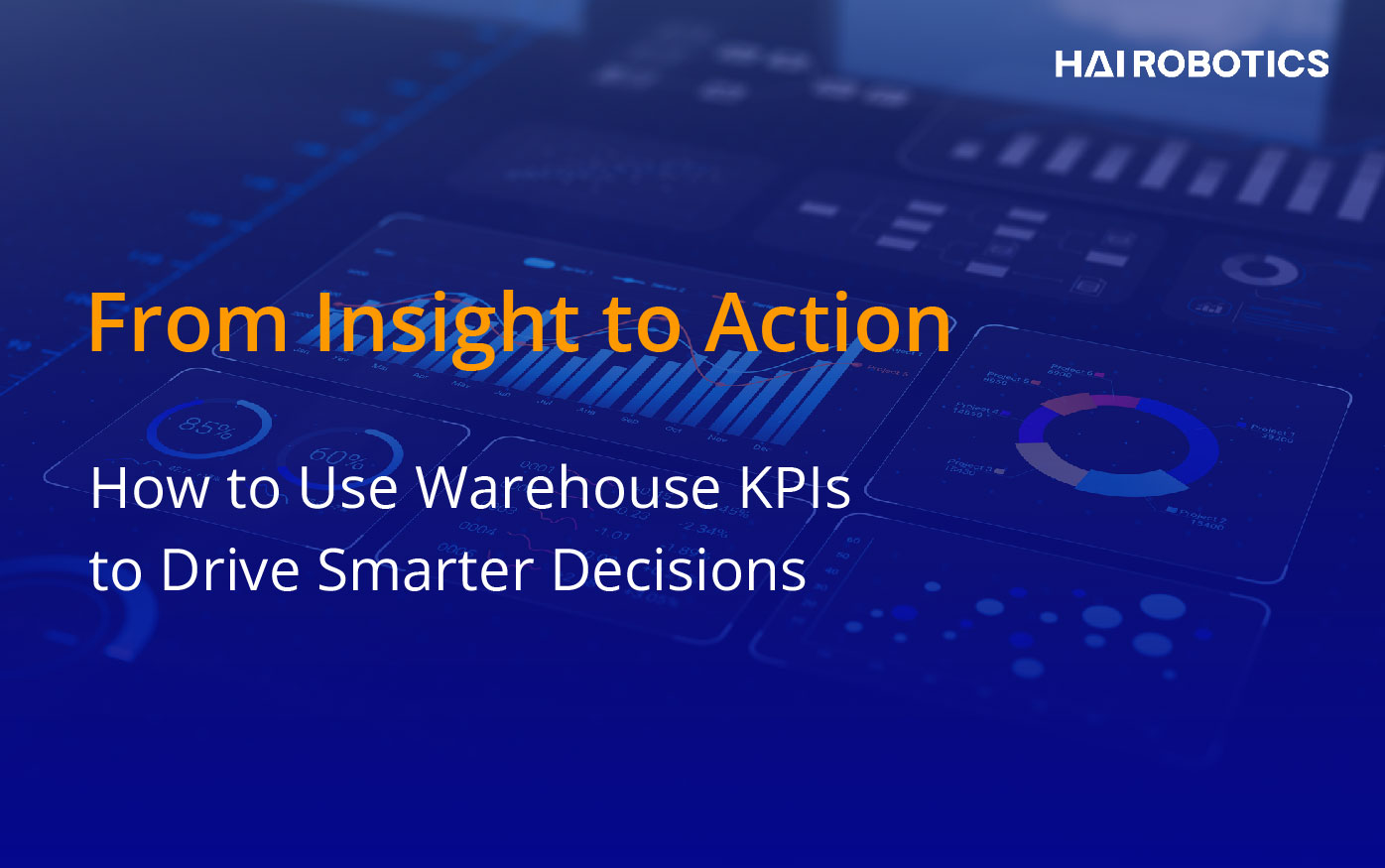Connected for Success: How Warehouse System Integration Enhances Supply Chain Efficiency
Explore how integrating warehouse systems like WMS, ERP, and automation software can improve visibility, accuracy, and responsiveness across your entire supply chain.
Introduction: From Islands of Data to a Connected Supply Chain
Walk into almost any warehouse today, and you’ll see the same paradox: cutting-edge technology working side by side with outdated, disconnected systems. A WMS manages inventory, ERP handles finance, e-commerce platforms push orders, and automation robots pick goods. Yet too often, these systems don’t speak the same language.
The result? Data silos, manual workarounds, slow decision-making, and frustrated customers waiting on orders that should have shipped yesterday.
This is why warehouse system integration has become a cornerstone of supply chain integration strategies. When systems are connected, information flows seamlessly, operations scale efficiently, and businesses gain the agility to adapt in real time. Integration isn’t just about linking software — it’s about building a supply chain that can think, act, and respond as one.
What Warehouse System Integration Really Means
At its heart, warehouse system integration is about turning complexity into clarity. Instead of juggling separate tools, companies build an ecosystem where warehouse integration software links WMS, ERP, automation platforms, and logistics solutions into one cohesive environment.
Think of it as replacing a series of isolated instruments with a full orchestra — every section playing in harmony to deliver a stronger, more consistent performance.
When done right, integration delivers:
-
End-to-end visibility of inventory and orders
-
Real-time inventory data that eliminates blind spots
-
Streamlined processes from order to delivery
-
Smarter decision-making across the supply chain
This isn’t just theory. It’s what leading companies are already achieving.
The Building Blocks of Integration
Every supply chain is different, but the key systems to integrate are surprisingly universal:
-
Warehouse Management System (WMS): The operational core, managing inventory and workflows.
-
Enterprise Resource Planning (ERP): The business brain, connecting finance, procurement, and customer management.
-
WMS ERP integration: Synchronizes warehouse activity with enterprise data, ensuring every order, invoice, and shipment aligns.
-
Transportation Management System (TMS): The logistics link, ensuring goods move on time.
-
Automation Platforms & ASRS: The muscle, powered by automation system integration to achieve accuracy and density at scale.
-
E-commerce & Marketplaces: The customer touchpoint, where seamless order fulfillment defines the experience.
When these systems work together, a warehouse shifts from being a reactive cost center to a proactive engine of growth.
Why Integration Matters Now More Than Ever
Fragmented systems might have worked when supply chains were simpler. Not anymore. Today’s environment demands:
-
Real-time inventory data for multi-channel operations
-
Integrated logistics systems to coordinate storage, transport, and last-mile delivery
-
Warehouse communication systems that ensure data flows across teams and platforms
-
Resilience in the face of labor shortages and global disruptions
-
Scalability to handle business growth and shifting demand
Without integration, companies face mounting inefficiencies, from manual reconciliations to order errors. With integration, they unlock agility, accuracy, and visibility that ripple across the entire supply chain.
How Integration Creates Real Impact: Two Examples
Masterparts: Transforming Automotive Fulfillment in South Africa
When Masterparts, a leading distributor of automotive spare parts, faced SKU growth and space constraints, it wasn’t enough to just automate — the automation had to integrate with their WMS and ERP.
Together with PBSA, Hai Robotics deployed the first HaiPick system in South Africa. The integrated solution connected robots, HaiQ software, and Masterparts’ in-house WMS into a single orchestration layer.
The impact is transformative:
-
70% increase in storage density
-
80 totes per hour throughput
-
Significantly higher picking accuracy
-
ROI projected in three years
For Masterparts, integration didn’t just streamline operations, it redefined what’s possible in the South African automotive aftermarket.
GIGABYTE: Scaling Electronics Fulfillment in Los Angeles
On the other side of the globe, electronics giant GIGABYTE faced a different challenge: labor shortages, high training costs, and inefficient storage.
With HaiPick System 2, integrated directly into their existing supply chain software ecosystem, GIGABYTE gained a dual-robot system capable of handling both small parts and pallets. The results speak for themselves:
-
2x storage density with optimized vertical space
-
600% efficiency gains in fulfillment
-
99%+ accuracy, minimizing costly errors
-
Faster training and a better employee experience
By combining Hai Robotics’ automation with WMS ERP integration and broader operational workflows, GIGABYTE didn’t just boost performance, they created a future-ready foundation that scales as demand grows.
Approaches to Integration: Finding the Right Fit
So how do businesses get there? Approaches vary, but common strategies include:
-
API integration for warehouse systems to connect platforms flexibly and at scale
-
Cloud-based hubs for centralized visibility
-
Native compatibility when selecting future-ready platforms
-
System integrators and IT partners to ensure seamless rollouts and support
The right path depends on business goals, legacy infrastructure, and growth plans. But the principle is the same: build systems that talk to each other, not past each other.
Conclusion: Building the Connected Warehouse of the Future
The message is clear: integration is no longer optional. It is the backbone of supply chains that are accurate, agile, and competitive.
At Hai Robotics, we help companies achieve exactly that. Our HaiPick systems, powered by HaiQ software, are designed for interoperability — whether with WMS, ERP, e-commerce platforms, or automation systems. From Masterparts in South Africa to GIGABYTE in Los Angeles, our solutions prove how integration unlocks real-world impact: higher density, faster throughput, and smarter workflows.
👉 Ready to connect your systems and scale your operations? Explore our HaiPick solutions or contact our team to start building your integrated warehouse today.

